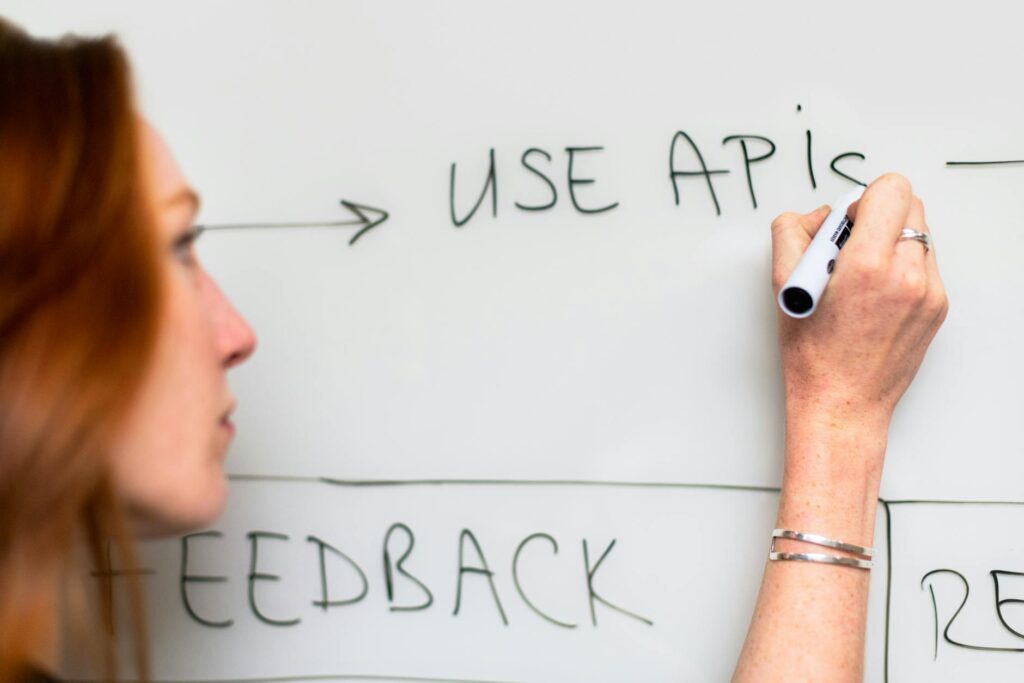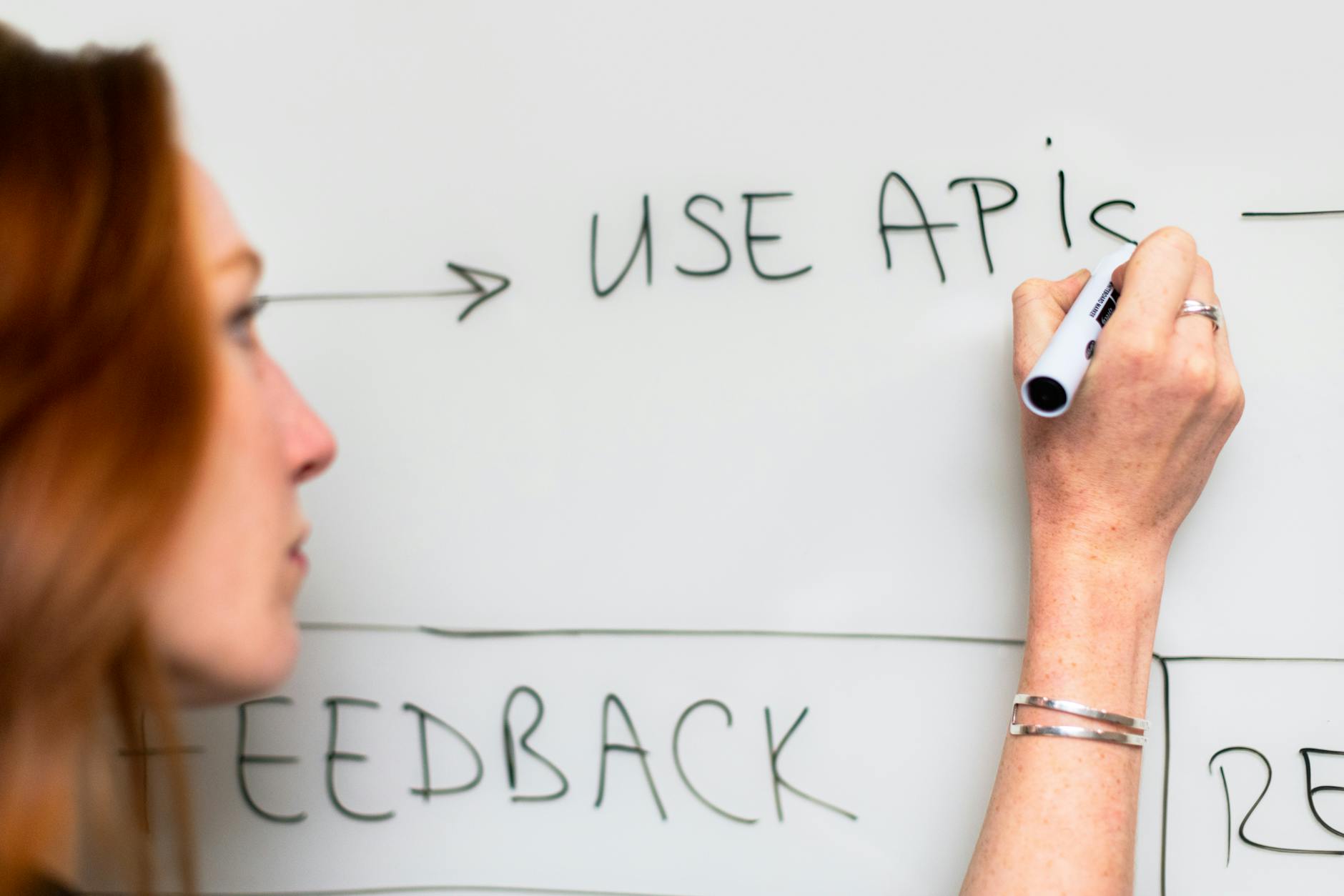What is agile workflow methods?

What is agile workflow methods?
In today’s fast-paced work environment, agility isn’t just a buzzword; it’s a necessity. Agile workflow methods enhance productivity and adaptability, enabling teams to navigate complex projects effectively. Whether you’re developing software or managing a marketing campaign, embracing these methodologies can transform how you work.
Understanding Agile Workflow Methods
Agile workflow methods are iterative approaches to project management that prioritize flexibility, collaboration, and customer satisfaction. Unlike traditional linear methodologies, agile allows teams to adapt to changing requirements and feedback throughout the project life cycle.
Origins of Agile Methodologies
The roots of agile workflows can be traced back to the Agile Manifesto, created in 2001 by a group of software developers seeking to improve their collaborative processes. The manifesto emphasizes individuals and interactions over processes and tools, working software over comprehensive documentation, customer collaboration over contract negotiation, and responding to change over following a plan. This ethos has influenced various industries beyond software development.
Key Principles of Agile Workflow
Agile workflow methods hinge on several core principles:
- Flexibility: Agile methodologies encourage teams to pivot when necessary, responding to new information or changing market conditions.
- Collaboration: Ongoing communication among team members and stakeholders ensures everyone is aligned on project goals.
- Customer feedback: Regularly soliciting feedback helps teams refine their approach and deliver a product that meets customer needs.
Popular Agile Workflow Frameworks
Several frameworks embody agile principles, each with unique features tailored to different project needs.
Scrum Framework
Scrum is one of the most popular agile frameworks, designed for teams to work collaboratively on complex projects. It involves specific roles like the Product Owner, Scrum Master, and Development Team, along with defined ceremonies such as Sprint Planning, Daily Stand-ups, and Sprint Retrospectives. These rituals foster accountability and transparency, ensuring the team stays on track while continuously improving.
Learn more about Scrum in depth here.

Photo by ThisIsEngineering
Kanban Method
Originating from Toyota’s production system, the Kanban method emphasizes visual management. Teams use Kanban boards to track workflows, making it easy to see what’s in progress, what’s completed, and what’s next. This method helps streamline processes and improve efficiency by limiting work in progress and optimizing flow.
Discover more about the Kanban method here.
Extreme Programming (XP)
Extreme Programming (XP) focuses on engineering practices that enhance software quality. It promotes practices such as pair programming, test-driven development, and continuous integration. XP is particularly beneficial in fast-paced environments where requirements frequently change, as it encourages rapid iterations and frequent releases.
For a deeper dive into XP, check this resource here.
Benefits of Agile Workflow Methods
Adopting agile workflow methods can yield significant advantages for teams and organizations alike.
Enhanced Collaboration and Communication
Agile methods foster teamwork and clearer communication among team members. Daily stand-ups and regular feedback loops create an environment where everyone is informed and engaged, reducing misunderstandings and aligning efforts toward common goals.
Increased Flexibility and Adaptability
In a world where change is constant, being flexible is crucial. Agile methodologies allow teams to quickly adjust their plans based on user feedback or evolving project requirements, ensuring they remain aligned with market needs.
Continuous Improvement and Feedback Loops
Agile promotes a culture of continuous improvement. Retrospective meetings help teams evaluate their performance, identify areas for enhancement, and implement changes in subsequent cycles. This iterative approach encourages innovation and responsiveness.
Challenges in Implementing Agile Workflow Methods
While agile methodologies offer many benefits, they also come with challenges.
Resistance to Change
Transitioning to agile can be met with resistance from team members accustomed to traditional methods. To foster a culture of agility, it’s important to communicate the benefits clearly and involve the entire team in the transition process. Providing training and support can also help ease the shift.
Misunderstanding Agile Practices
Misinterpretations of agile principles can hinder effectiveness. Teams may struggle if they view agile as a one-size-fits-all solution. It’s essential to provide education on the core values and practices, ensuring everyone understands how to apply them effectively.
Conclusion
Agile workflow methods represent a powerful approach to project management, offering flexibility, collaboration, and a focus on customer satisfaction. By understanding and implementing frameworks like Scrum, Kanban, and Extreme Programming, teams can enhance productivity and adapt to changing demands. As you consider adopting agile workflows, think about how these principles can improve your projects and drive success. Embracing agility might just be the key to unlocking your team’s full potential.